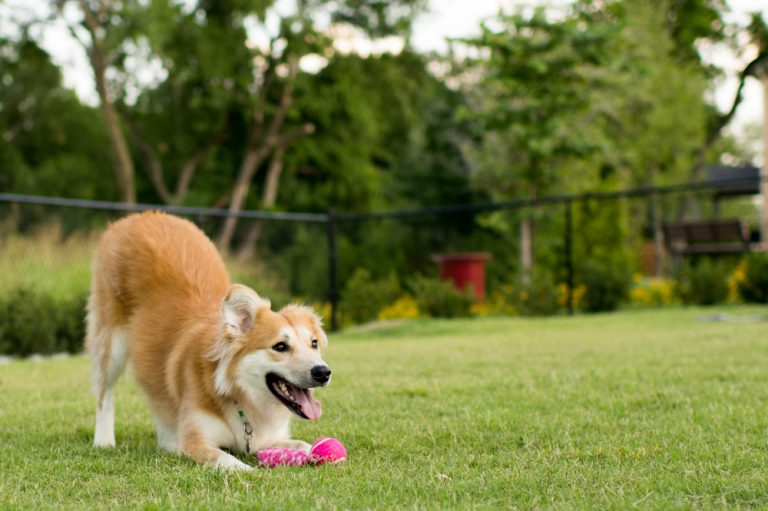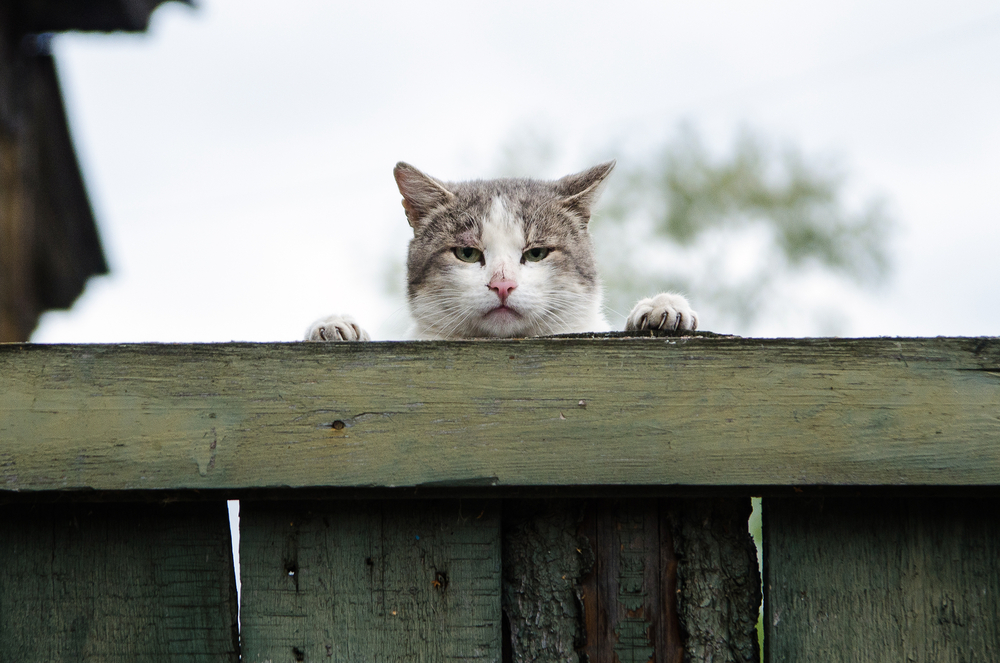How to Pet-Proof Your Backyard or Patio
Posted on: 2021-04-15
Nice weather is around the corner and, as excited as you must be to escape the confines of your home and enjoy the fresh air, your pet is likely anxious to get outside too.
But, before you throw open the door and let Lando run free in your backyard, or let Miss Nyx enjoy an afternoon nap on your patio, it’s important to make sure your outdoor space is safe for your pet.
Pet-proofing your backyard or patio doesn’t have to be an expensive or time-consuming affair. There are small changes and quick inspections you can perform to ensure your pet enjoys the great outdoors without risk of illness and injury.
Keep reading to learn how to pet-proof your backyard or patio:
Use Non-Toxic Deck Materials
You may not think of your deck as a safety issue when it comes to your pets but for those that like to chew, the material your deck is made of can become a health concern for your furry friend.
Pressure-treated wood can lead to splintering and many materials contain toxins that can be harmful to pets.
If your deck is made of vinyl or wood, make sure the materials are free of preservatives containing arsenic. And, if you plan on staining your wood deck, stick to oil-based stains.
Ultimately, if you find your pet has a serious chewing issue, you can always apply a non-toxic cribbing solution that gives the wood a bitter and unpleasant taste.
Maintain Good Ventilation
If your yard has enough space to accommodate shade for your pet – that’s great! Otherwise, if your pets are confined to enjoy the outdoors on a deck, you need to make sure it is properly ventilated.
Ensure there are gaps between the planks to encourage cool air-flow from the shaded area below.
Doing so will also prevent puddles from forming during rainy weather and prevents your pet from drinking standing water that can make them sick.
Avoid Poisonous Plants
Providing your pet with a nutritious diet indoors isn’t enough to keep them from munching on nature outdoors, so it’s important to consider the plants you have in your garden or on your deck.
Some plants are toxic to pets and cause serious illness and even death.
For example, azaleas, chrysanthemums, daffodils and hydrangeas are poisonous to cats while amaryllis, begonias and bleeding hearts can be dangerous for dogs.
To find out more about poisonous plants that are harmful to your pets, check out this list from the ASPCA.
You would like to hope that your pet’s instincts would steer them clear of poisonous plants but they are curious creatures by nature – it’s definitely not worth the risk.
Install Proper Fencing
One of the most important aspects of pet-proofing your backyard is to ensure that your furry friend can’t make a great escape.
Apart from keeping them tethered, it’s important to make sure your fencing is properly installed and in good shape.
If your fencing has gaps or broken sections, not only can your pet get out but other animals can also get in – which can lead to unwanted visitors and pest infestations.
Plus, broken fencing can cause injury to your pet if they do try to squeeze through gaps.
Replace any worn-out wood and repair any broken sections. This will keep your pet safe and make your yard look more appealing!
Secure Your Pool Area
Many pet owners have lost their furry friends to accidental drownings in pools – some animals are not strong swimmers and cannot escape the water once they have fallen in.
A protective pool cover is handy in preventing your pet from accessing your pool. Just make sure it is installed tight enough so that your pet can’t slip under the cover or jump on the cover and push it under the water.
You can also set up surrounding fencing with a latching gate. It may not keep out a curious cat but will certainly deter a dog from entering the pool and pool area.
Install a Catio
Fortunately, dogs can be easily trained to stay within the confines of your yard or patio but cats…well, they seem to live by their own rules and, while most outdoor cats will make their way home, who knows where they wander off to during the day.
If you fear your cat being attacked or hit by a car, but you still want them to enjoy the benefits of the great outdoors, you could build them their very own catio!
Built with wood framing and a wire barrier, a catio gives your cat an opportunity to go outdoors while keeping them safe.
You can attach the catio to your home to allow your kitty easy access from indoors or anywhere in your yard where they can enjoy the outdoors.
Just make sure your cat has lots of shade and water!
Protect Your Pet
As you can see, there are many ways you can pet-proof your yard to keep your furry friend happy, healthy and safe!
However, there are other ways you can protect your pet beyond making changes to your outdoor space, such as:
- Collars and microchips. Despite the safety measures you put into place, there’s always the chance that your pet can escape. With a collar or microchip, they can be easily returned to you should they make a getaway.
- Pest prevention. No amount of security in your yard can prevent your pet from catching fleas, ticks or heartworms. Use preventative treatments to keep your furry friend bug-free (talk to your vet about the available options).
- Provide water. No matter how your yard is set up, you should always ensure that your pet has access to fresh and clean water while outside.
If you’re concerned about issues you’ve noticed around the yard, don’t confine Fido inside just yet!
Our team at Parabola Developments is more than happy to take a look at your deck and fencing to ensure your property is safe for your pets.




